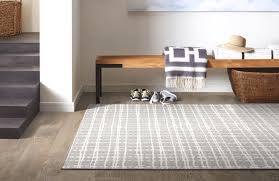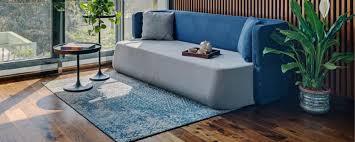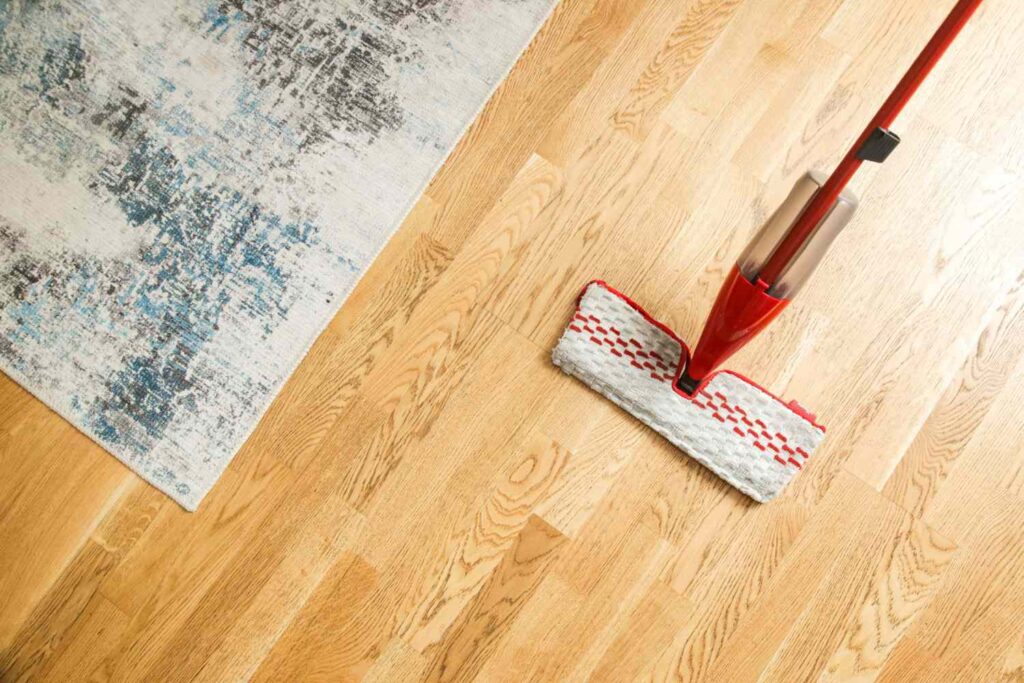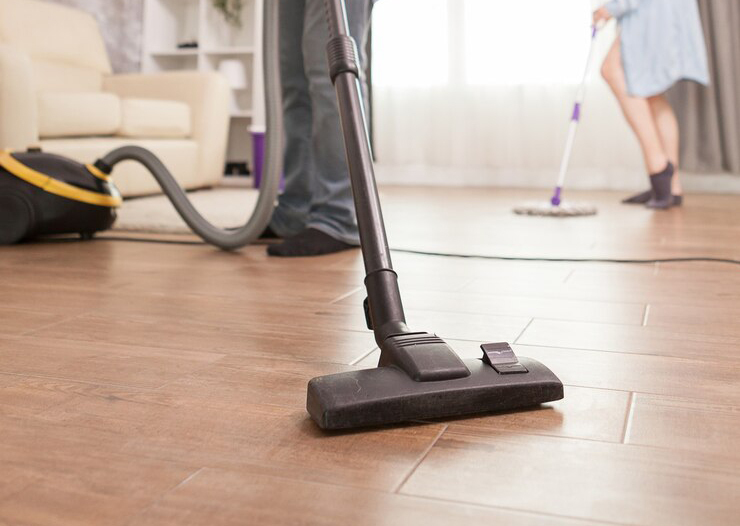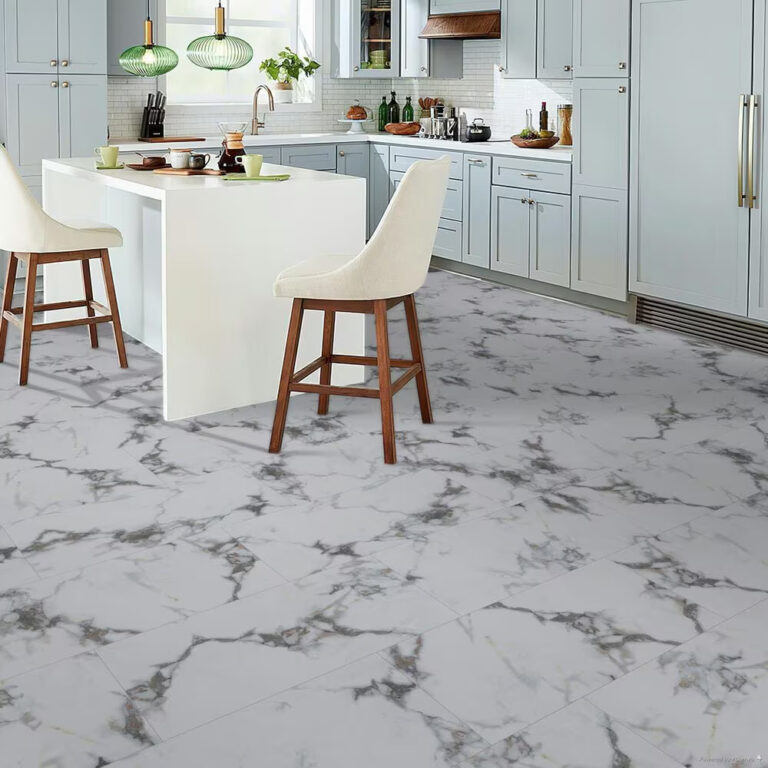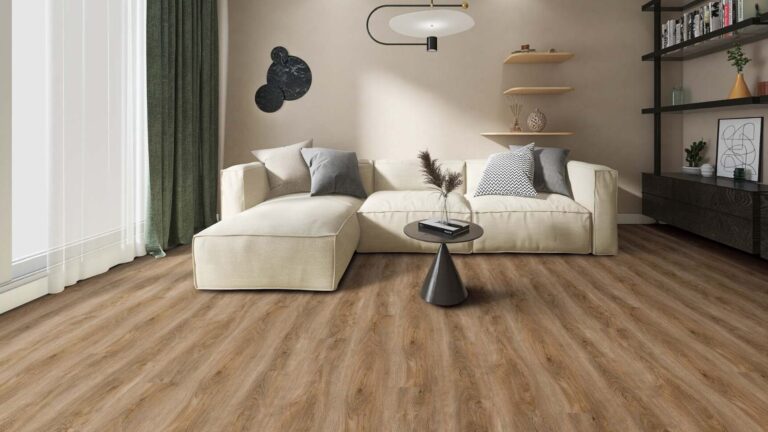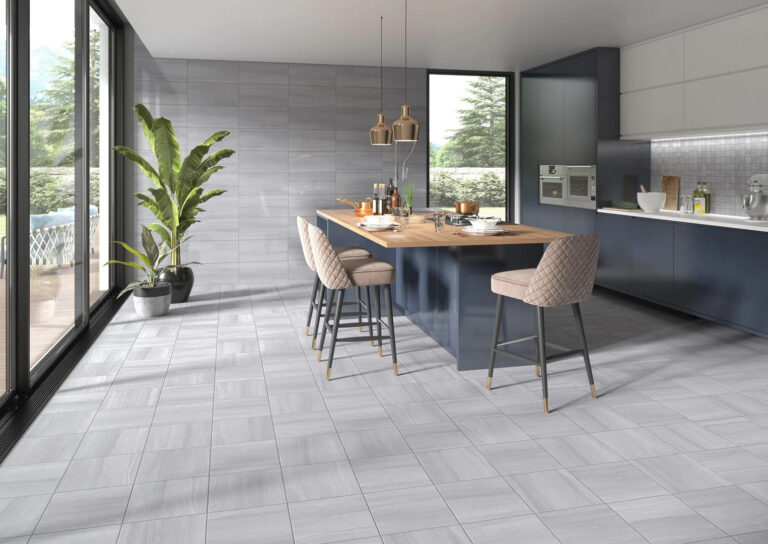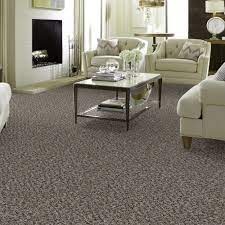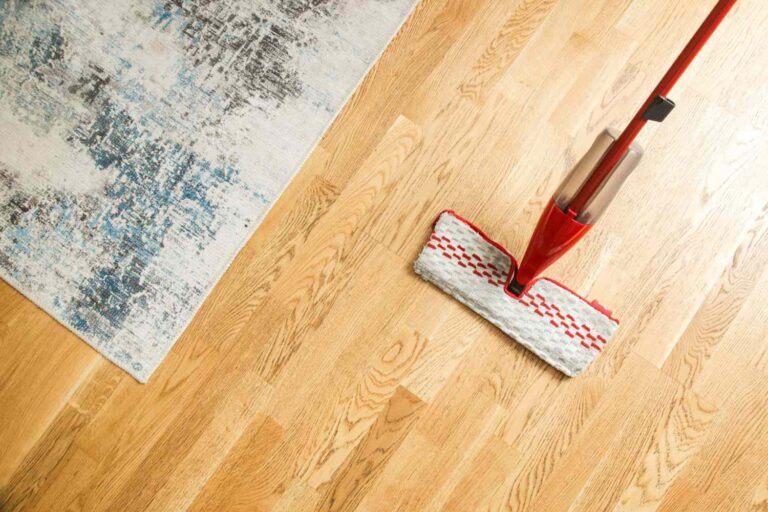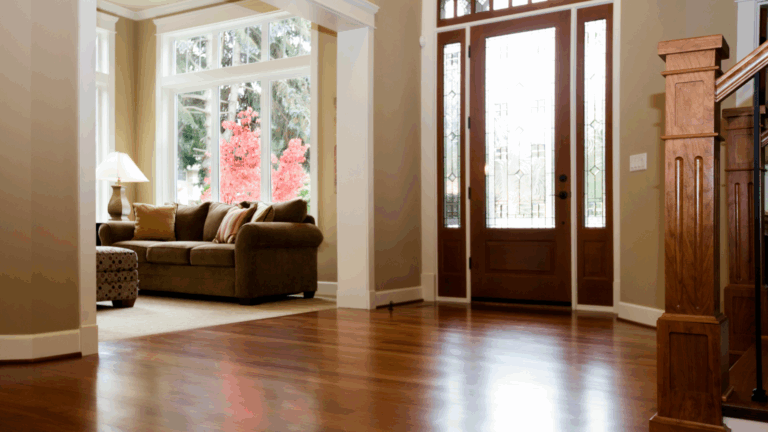Hardwood flooring is a timeless and elegant choice that brings warmth, character, and long-lasting value to any home. Its natural beauty, classic appeal, and ability to complement nearly any décor make it a popular option among homeowners. However, as resilient as hardwood floors can be, they’re not immune to the effects of daily wear and tear, scratches, moisture damage, and fading can all take a toll over time.
To preserve the appearance and structural integrity of your hardwood floors, consistent and mindful care is essential. Whether you’ve just invested in brand-new hardwood or you’re looking to maintain floors that have been part of your home for years, learning how to protect them properly will help ensure they remain stunning and strong for decades to come.
In this article, we’ll share five practical, effective strategies to help you safeguard your hardwood flooring against damage and maintain its natural luster for the long haul.
1: Use Rugs and Mats to Protect Hardwood Flooring
One of the most effective and easiest ways to protect your hardwood flooring is by placing area rugs and floor mats in high-traffic and vulnerable areas of your home. Strategic placement not only adds style and comfort but also acts as a barrier against dirt, moisture, and physical wear that can deteriorate your floors over time.
- Place Doormats at All Entrances: Outdoor debris, grit, and moisture tracked in on shoes are major culprits behind scratches and water damage. A sturdy doormat at every exterior door helps trap dirt and absorb water before it ever touches your hardwood.
- Use Rugs in High-Traffic Zones: Hallways, living rooms, and frequently used walkways are especially prone to wear. Area rugs in these spaces help distribute foot traffic and minimize direct contact with the wood surface, reducing scuffing and dulling.
- Protect Floors Under Furniture: Furniture legs can dent or scratch hardwood when moved, especially heavier items. Placing rugs underneath coffee tables, dining sets, or sofas reduces friction and cushions impact. For added protection, combine rugs with furniture pads.
- Choose the Right Rug Pads: Not all rug pads are floor-friendly. Avoid plastic or PVC-backed pads, which can stain or stick to hardwood over time. Instead, opt for high-quality felt or natural rubber pads that keep rugs in place without harming the floor’s finish.
- Clean Regularly Beneath Rugs and Mats: Dirt and fine grit can accumulate under rugs and act like sandpaper when walked on. Lift rugs and mats periodically to sweep or vacuum the area underneath to prevent hidden abrasions. Consider using rug pads that won’t damage your hardwood or laminate flooring, such as natural rubber or felt options.
2: Clean Hardwood Floors Regularly and Properly
Routine cleaning is one of the simplest yet most crucial ways to protect your hardwood flooring. While hardwood is durable, it’s not impervious to scratches, stains, or moisture damage and improper cleaning can do more harm than good. To preserve your floor’s beauty and longevity, it’s important to follow the right techniques and use floor-friendly tools and products.
- Sweep or Vacuum Daily: Dust, dirt, and tiny grit particles can act like sandpaper, wearing down your floor’s finish over time. Use a soft-bristle broom or a vacuum with a hardwood floor setting or soft roller attachment to gently remove debris without scratching the surface.
- Avoid Excess Water: Never clean hardwood floors with a soaking wet mop or a steam cleaner. Excessive moisture can seep between the boards, leading to swelling, warping, or mold growth. Instead, use a lightly damp microfiber mop for deeper cleaning when needed.
- Use Hardwood-Specific Cleaning Products: Choose pH-balanced cleanser formulated specifically for hardwood flooring. Avoid harsh chemicals like ammonia, bleach, or abrasive scrubbing powders, which can dull the finish or damage the wood’s protective seal.
- Wipe Up Spills Immediately: Accidental spills happen—but it’s important to clean them up quickly. Letting liquids sit on the surface, even for a short time, can lead to water spots, discoloration, or long-term damage to the wood grain.
- Don’t Forget the Corners and Edges: Dirt can accumulate along baseboards and in room corners where brooms or vacuums don’t always reach. Regularly use a handheld vacuum or detailing brush to clean these hard-to-reach areas.
- To further explore expert-backed tips on hardwood floor care and maintenance, visit the National Wood Flooring Association’s official maintenance guide.
3. Use Felt Pads and Furniture Protectors on Hardwood Flooring
Furniture legs are among the most common sources of damage to hardwood floors. From deep gouges caused by heavy items to fine scratches from sliding chairs, the wear can add up quickly, especially in active households or spaces with frequently rearranged furniture. Thankfully, a few simple precautions can go a long way in preserving your floor’s finish and integrity.
- Use Felt Pads or Rubber Caps: Attach soft felt pads or rubber protectors to the bottom of furniture legs, especially chairs, tables, and sofas that are regularly moved. These create a buffer between the furniture and the floor, preventing direct contact that can cause scratches or dents.
- Inspect and Replace Pads Regularly: Over time, pads can wear thin, collect debris, or fall off. Make it a habit to check them every few months and replace them as needed to ensure continuous protection.
- Add Furniture Coasters or Sliders: When moving heavy furniture, always use furniture sliders or coasters designed for hardwood floors. These help evenly distribute the weight and reduce friction, making movement smoother and preventing surface gouging.
- Be Cautious with Rolling Furniture: Office chairs, storage carts, and other rolling items can cause repeated damage to hardwood if their wheels aren’t designed for wood surfaces. Use hardwood-safe caster wheels or place a protective mat beneath them.
- Avoid Dragging Furniture: Always lift furniture when rearranging instead of dragging it across the floor. Even padded legs can catch or scratch the surface when pulled.
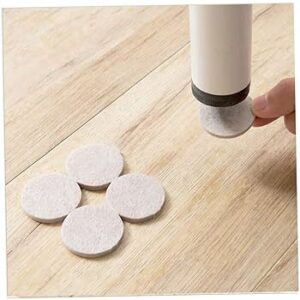
4: Maintain Ideal Humidity Levels for Hardwood Flooring
Hardwood flooring is made from natural wood, which means it responds to changes in its environment, especially humidity. Unlike synthetic materials, wood expands when it absorbs moisture and contracts when it loses it. These fluctuations can lead to noticeable issues like cupping, warping, cracking, or unsightly gaps between floorboards if indoor humidity isn’t properly managed.
- Keep Humidity Between 30% and 50% Year-Round: This range is considered ideal for preserving the structural integrity of hardwood. Too much moisture in the air causes the wood to swell and buckle, while overly dry conditions can cause shrinkage and cracking. A simple hygrometer (humidity monitor) can help you track indoor levels.
- Use a Humidifier in Winter: During colder months, heating systems tend to dry out the air indoors. A humidifier can reintroduce moisture, preventing your hardwood from becoming brittle or separating at the seams.
- Run a Dehumidifier in Summer: High humidity in warmer months can make your floors feel sticky or cause them to warp. A dehumidifier helps draw excess moisture out of the air, especially in areas like basements or near large windows.
- Ensure Proper Ventilation: Rooms like kitchens, bathrooms, and laundry areas are prone to fluctuating moisture levels. Make sure these areas are well-ventilated using exhaust fans or windows to reduce humidity buildup that could affect nearby hardwood.
- Avoid Sudden Temperature Shifts: Rapid changes in temperature, such as turning on the heat at full blast or letting in a rush of hot, humid air can shock the wood and increase the risk of damage. Aim to adjust indoor climate gradually and consistently.
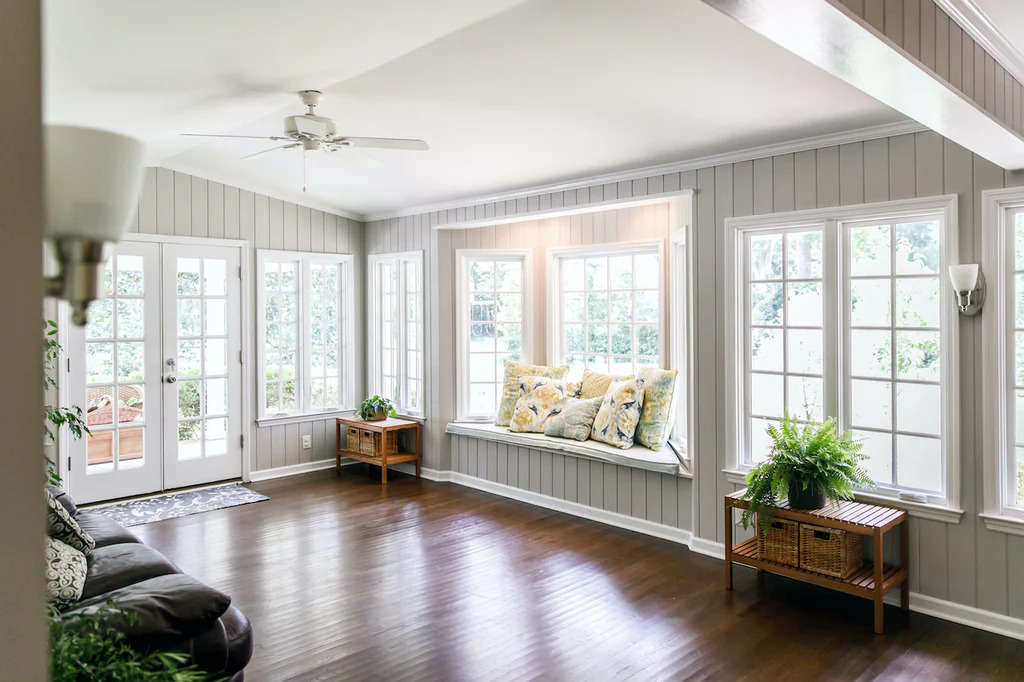
5: Refinish or Reseal Periodically to Preserve Hardwood Floors
No matter how well you care for your hardwood floors, they’ll eventually begin to show signs of age, scratches, dullness, minor dents, or worn-out finish. When regular cleaning and maintenance no longer restore their original luster, it may be time to consider refinishing or resealing to revive their appearance and protect their longevity.
- Refinishing Restores Beauty and Smoothness: Refinishing involves sanding down the top layer of the wood to remove surface imperfections like scratches, stains, or dull spots. After sanding, a new finish, typically polyurethane is applied to restore shine and create a fresh, durable surface. This process can dramatically improve the look of your floors and extend their lifespan by years.
- Resealing Adds Protection: If your floors are in good condition but the finish is starting to wear, resealing might be enough. A new protective coating can help guard against moisture, stains, and everyday wear without the need for sanding. This is often quicker and less expensive than a full refinish.
- Know When It’s Time: How often you’ll need to refinish or reseal depends on usage. In low-traffic areas, refinishing may only be needed every 10 years. However, in busy households or commercial settings, high-traffic areas might need attention every 5–7 years. Regular inspections can help you spot early signs of finish breakdown, like dullness, scuff marks, or water soaking in rather than beading on the surface.
- Choose the Right Finish: There are various types of finishes oil-based, water-based, and wax, each offering different levels of shine, durability, and drying time. A flooring professional can recommend the best option based on your needs and lifestyle.
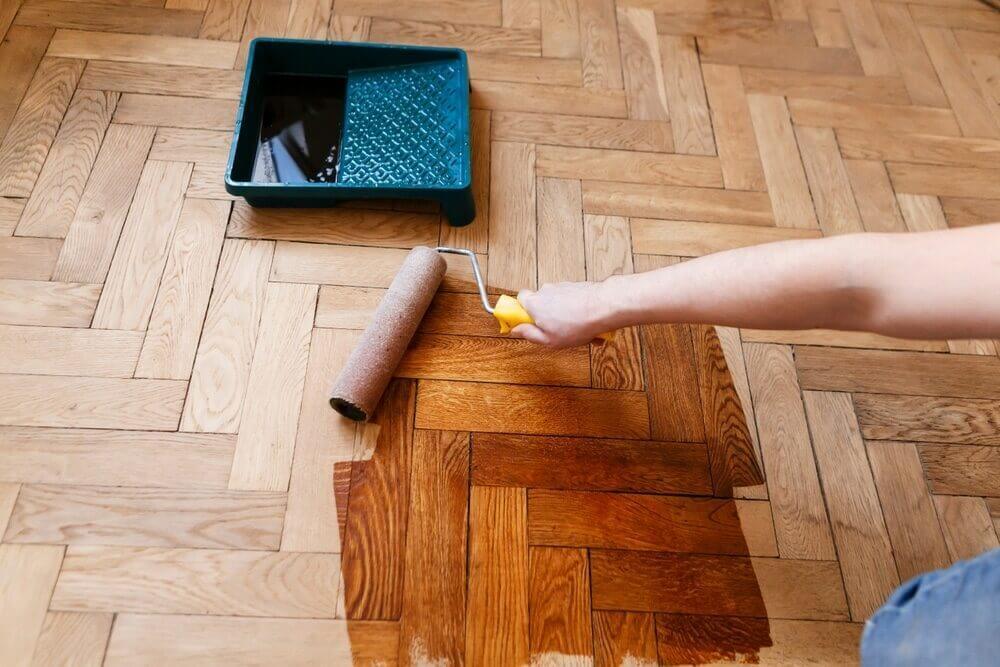
Ready to Give Your Hardwood Floors the Care They Deserve?
At Allison’s Flooring Installation, we don’t just install beautiful hardwood, we help you protect and maintain it for years to come. Whether you need expert advice, professional refinishing, or a flooring upgrade, our team is here to help.
Call us today at (502) 794-2620 Or contact us online to schedule a free consultation.
